A giant oceanic manta ray washed up on a Northland beach on Thursday. The sea creature is more than 4m wide and is estimated to weigh about 1.5 tonnes.
Marine Law Enforcement (DMLE) Chief Victor Remengesau said that their aim is to have full prosecution of those who will be found liable for 'finning' sharks in Palau's diving sites...Chief Victor fears the the recent harvesting of marine species might be the doing of some residents, adding the he
Samples taken from a dolphin that washed up dead on Papua New Guinea's Rai Coast have revealed very high concentrations of heavy metals. The samples were taken by a team led by Swiss scientist Alex Mojon, who was hired by the Madang Provincial government after a slurry spill from t
A new subspecies of fin whale, the second-largest species on Earth after the blue whale, has been discovered by scientists in the Pacific Ocean...The northern fin whale subspecies was previously believed to include populations in the North Atlantic and North Pacific oceans, but a recent genetic a
An online mapping and knowledge platform prototype could soon offer free and easily accessible information on the migratory patterns of endangered species in the ocean. The Migratory Connectivity in the Ocean (MiCO) system has been launched by The University of Queensland's Dr. Daniel Dunn.
Representatives from key Ministries and non-government organisations met in Honiara to plan activities to support Government and coastal communities achieve their protected marine species conservation priorities.
The thrill of watching a whale up close or schools of dolphins frolicking in an ocean are much sought after experiences today, boosting the demand for tours that provide people the opportunity to see these marine animals in their natural habitats.
When it comes to saving the planet, one whale is worth thousands of trees.
Tropical tuna are one of the few wild animals we still hunt in large numbers, but finding them in the vast Pacific ocean can be tremendously difficult...fishers have long known that tuna are attracted to, and will aggregate around, floating objects such as logs.
A new study, published in Fisheries Research, reveals that the sheer amount of tuna being taken from our seas, including some species considered "vulnerable," has increased by an astonishing 1,000% in the last 60 years — a rate that some scientists are saying is unsustainable.

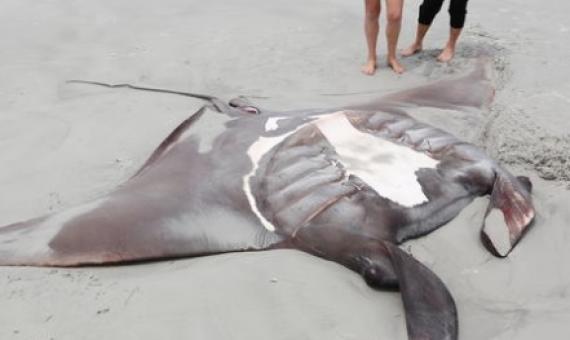
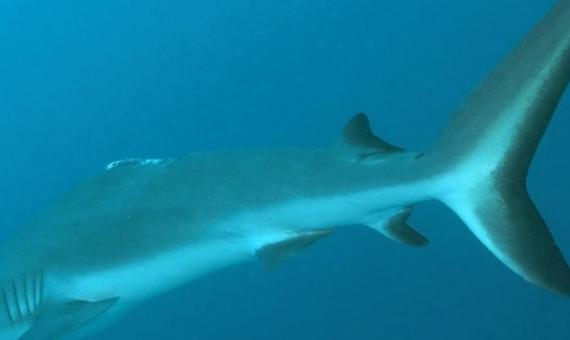
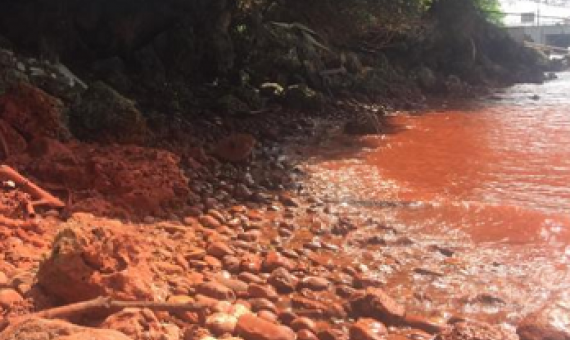
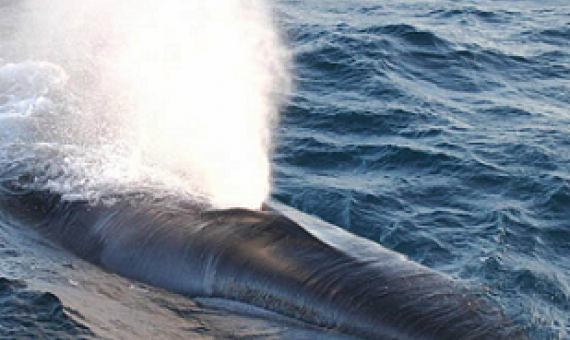
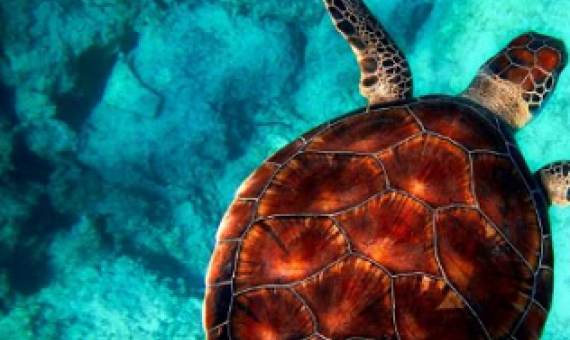
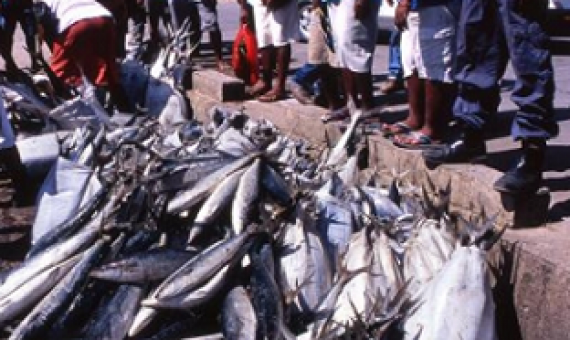
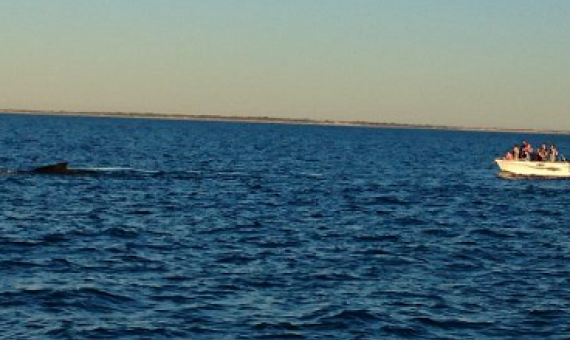
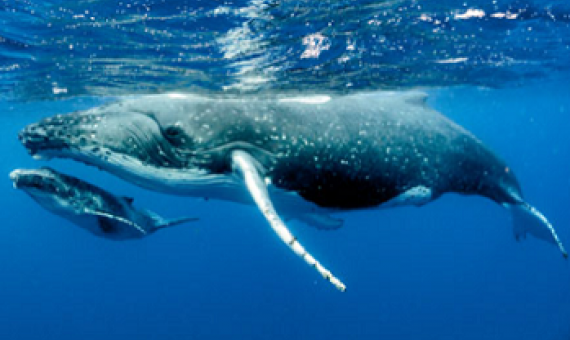
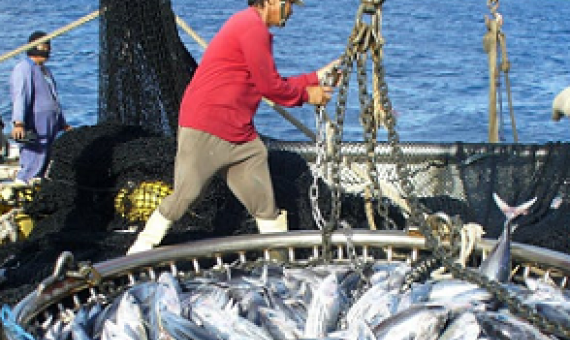
![A new study finds that tuna harvests, including of some species considered "vulnerable," have increased by an astonishing 1,000% in the last 60 years — a rate that some scientists warn is unsustainable. [NiCK / Getty Images]](/sites/default/files/styles/news_teaser/public/TUNAoverharvest.png?itok=crdL4iA0)





